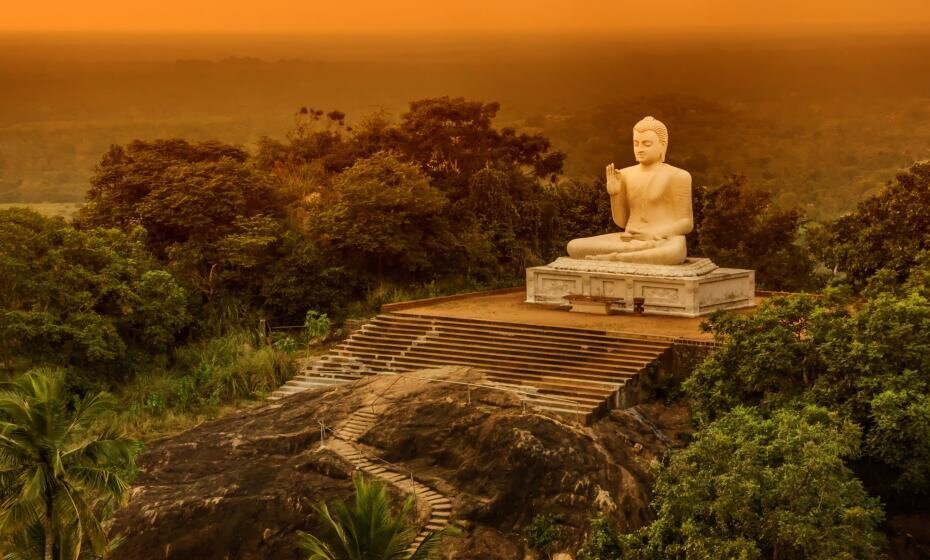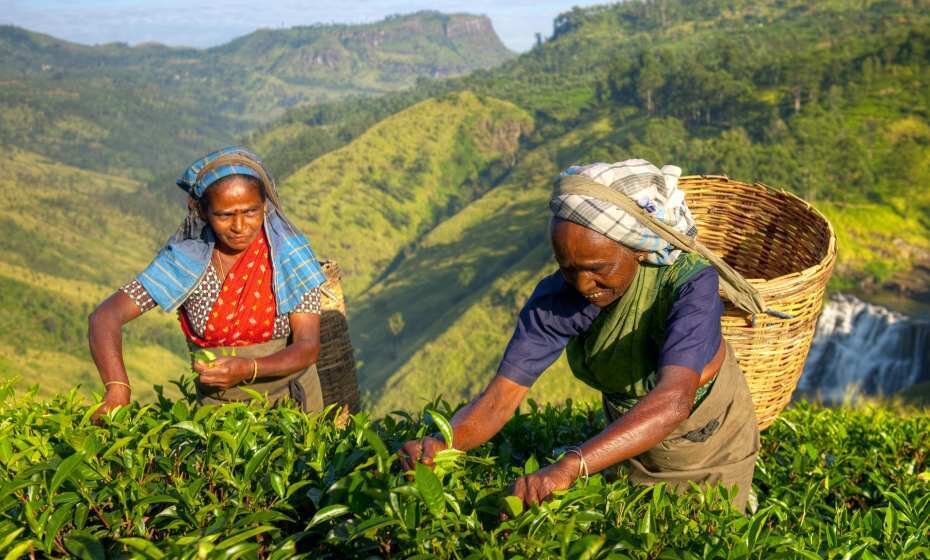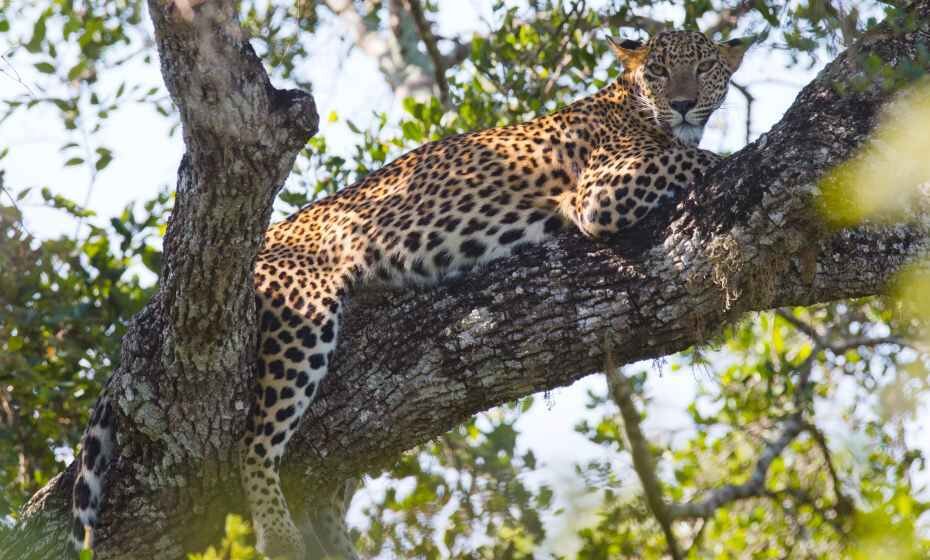The Ultimate Sri Lanka Travel Guide by Authentic India Tours
Sri Lanka – Everything You Need to Know Before You Go
If you’re dreaming of golden beaches, lush tea plantations, ancient temples, vibrant wildlife, and warm hospitality, Sri Lanka may already be on your radar — and you’re not alone. According to recent Q1 2025 Google search analysis by Adido Digital, interest in Sri Lanka as a travel destination has soared, with a notable increase in search volume across the UK. But as demand grows, so do the questions.
At Authentic India Tours, we specialise in carefully tailored Sri Lanka tours and regularly hear from clients (and potential clients!) seeking advice. Here’s our comprehensive Sri Lanka travel guide to help you decide if Sri Lanka is right for you — and when and how to go.
Is Sri Lanka good for a holiday?
Absolutely! Sri Lanka offers an unbeatable mix of cultural depth, scenic beauty, adventure, and relaxation — all within a relatively compact island. Whether you’re after a wildlife safari, a spiritual retreat, coastal relaxation, or cultural discovery, Sri Lanka delivers. It’s often referred to as a mini-continent thanks to its geographical diversity and rich history.
How long should I visit Sri Lanka for?
This is one of the most frequently asked questions, a must for this Sri Lanka travel guide! While you can get a taste in 7–10 days, we recommend at least two weeks to fully explore the island’s varied regions without rushing. This allows time for cultural sights like Sigiriya and Kandy, wildlife experiences in Yala or Wilpattu, and relaxation in beach towns such as Mirissa or Trincomalee.
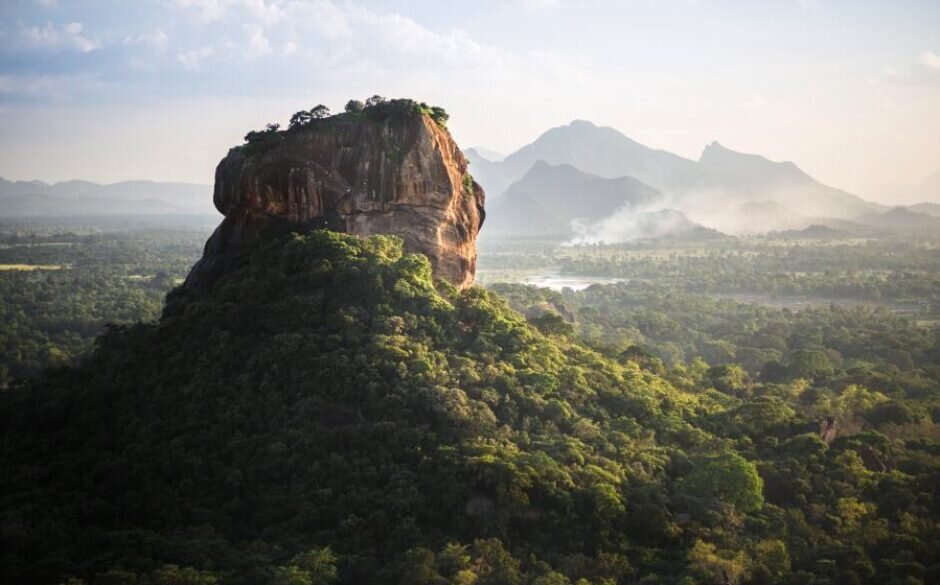
How long is the flight to Sri Lanka from the UK, and where can I fly from?
Direct flights from the UK (e.g. London Heathrow to Colombo) take around 10–11 hours.
You can also fly with a short stopover via popular hubs such as Doha, Dubai, or Istanbul. Flights are available from London, Manchester, Birmingham, and occasionally other regional airports depending on the season.
What’s the best time of year to visit Sri Lanka?
Of course we have to talk weather in our Sri Lanka travel guide! Sri Lanka has two monsoon seasons, affecting different coasts at different times. For the south and west coasts and the hill country, December to March is best. The east coast is ideal from May to September. So there’s always a “good” part of the island to visit.
What is the hottest month in Sri Lanka?
April is generally the hottest month, especially in inland cities like Colombo and Anuradhapura, with temperatures often reaching the mid-30s°C (mid-90s°F).
What is the coldest month in Sri Lanka?
January tends to be the coolest month, especially in higher-altitude areas like Nuwara Eliya, where temperatures can drop below 10°C (50°F) at night.
When shouldn’t I visit Sri Lanka?
There isn’t a “bad” time, but May and October often bring the most unpredictable weather due to the inter-monsoonal periods, particularly in the south and west.
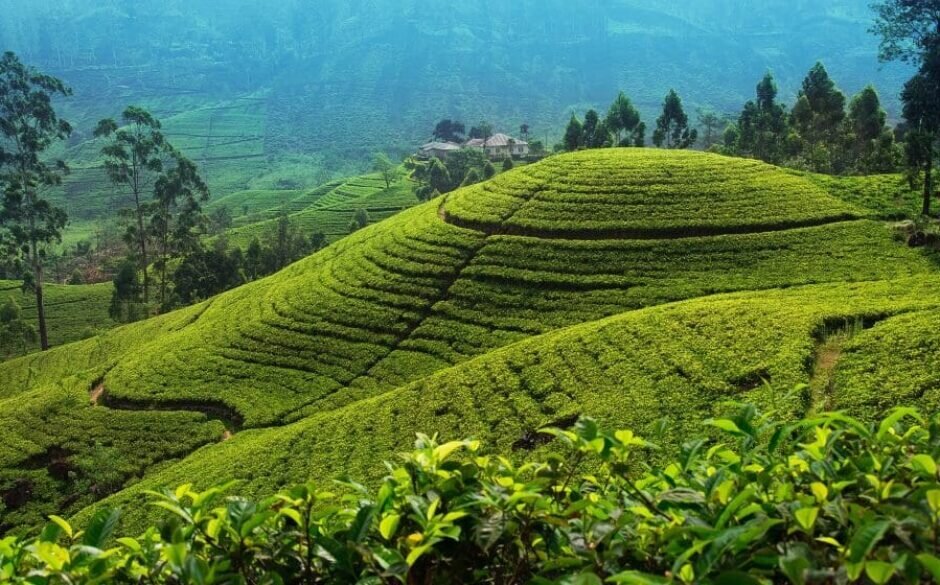
What is the cheapest time of year to visit Sri Lanka?
We can’t put together a Sri Lanka travel guide without mentioning price. The most affordable time to visit is typically May to early July and October to November, which are considered “shoulder seasons”. You’ll benefit from fewer crowds and lower accommodation rates — though be prepared for occasional rain.
Is Sri Lanka expensive to visit?
It can be excellent value for money. Local food, transport, and entry to attractions are generally very affordable. Luxury travel is available, but mid-range travellers can expect comfortable accommodation and good service without a hefty price tag. A tailor-made tour ensures value and comfort to suit your budget.
Is Sri Lanka Good for Wildlife?
Absolutely. Sri Lanka is a haven for wildlife enthusiasts, offering diverse ecosystems—from tropical rainforests to coastal wetlands—each teeming with unique species. The island boasts an impressive array of endemic and endangered animals, making it a top destination for nature lovers.
Top Wildlife Experiences:
-
Yala National Park: Renowned for having the highest concentration of leopards in the world, Yala also hosts elephants, sloth bears, crocodiles, and over 200 bird species.
-
Udawalawe National Park: Famous for its large herds of wild elephants, this park also shelters water buffalo, wild boar, and the endemic toque macaque.
-
Minneriya National Park: Home to ‘The Gathering,’ the world’s largest meeting of Asian elephants, where up to 300 elephants converge around the Minneriya Tank during the dry season.
-
Sinharaja Forest Reserve: A UNESCO World Heritage Site, this primary tropical rainforest is rich in biodiversity, hosting numerous endemic species of mammals, birds, and insects.
-
Gal Oya National Park: Unique for its boat safaris, offering sightings of elephants swimming between islands in the Senanayake Samudra Reservoir. El País
Marine Life:
-
Whale Watching: Sri Lanka is one of the best places globally to spot blue whales. The southern coast near Mirissa and the eastern coast near Trincomalee are prime locations, with sightings possible from November to April.
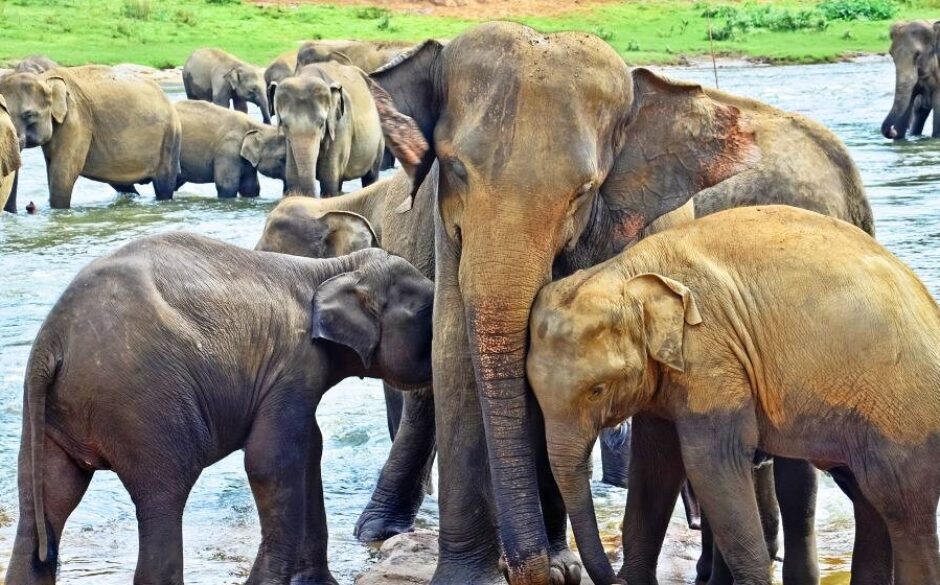
Do I need vaccinations to travel to Sri Lanka?
The NHS recommends being up-to-date on routine vaccinations, and possibly getting Hepatitis A, Typhoid, and Tetanus. Depending on your itinerary, Rabies and Japanese Encephalitis may also be advised. Always check with your GP or travel clinic at least 6–8 weeks before travel.
What should I wear in Sri Lanka?
Loose, light clothing is ideal for the tropical climate. When visiting temples, shoulders and knees should be covered. Pack a shawl or scarf for such visits, and bring layers for cooler hill country regions.
Is Sri Lanka good for vegetarians and vegans?
No Sri Lanka travel guide is complete without mentioning food! Sri Lanka is a paradise for plant-based eaters. The island has a long tradition of vegetarian cuisine, particularly in Buddhist and Hindu communities. Expect plenty of lentils, coconut-based curries, fresh tropical fruit, and flavourful sambols. Vegan travellers will also find it easy to eat well, although it helps to clarify ingredients when ordering.
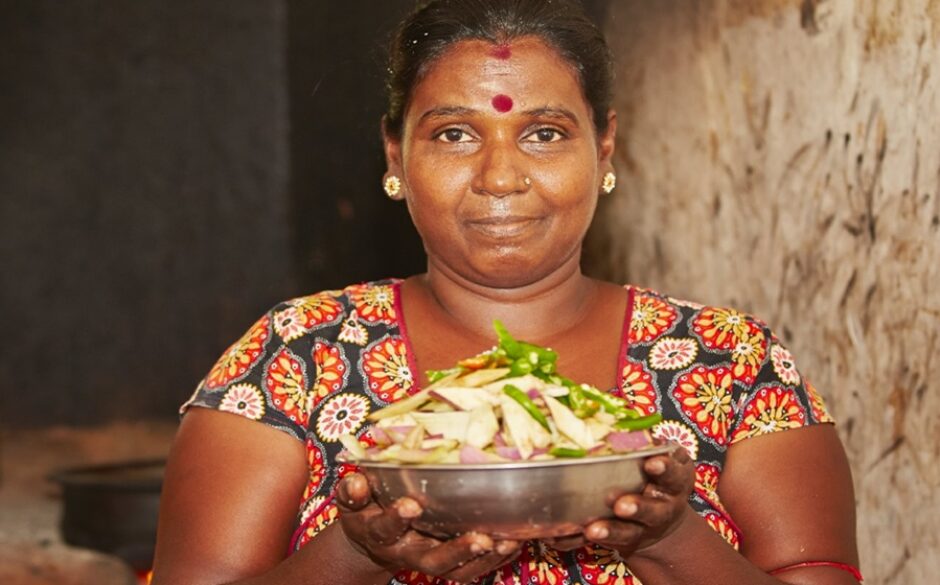
Will children and teenagers enjoy Sri Lanka?
Very much so. The country is family-friendly and full of activities like train rides through tea plantations, safari drives, beach days, and cultural dance shows. Many hotels cater to families, and Sri Lankans are generally very welcoming to children.
Is Sri Lanka accessible for people with mobility issues?
While accessibility infrastructure is improving, it’s still limited in many rural and historical sites. However, with a customised itinerary and the right accommodations, travellers with limited mobility can enjoy many highlights. Let us know your needs, and we’ll tailor your journey accordingly.
Is Sri Lanka LGBTQA+ friendly?
Sri Lanka is socially conservative, and same-sex relationships are still criminalised by outdated laws — though these are rarely enforced. Public displays of affection (regardless of orientation) are generally discouraged. That said, LGBTQA+ travellers are welcomed warmly in most tourist areas, especially when travelling as couples or groups discreetly. Choosing an experienced operator can help you navigate cultural norms respectfully and safely.
Anything else I should know?
And finally in our Sri Lanka travel guide, some handy travel tips.
- Currency: Sri Lankan Rupee (LKR)
- Time Zone: GMT +5.5 hours
- Plug Type: UK-style (Type G)
- Language: Sinhala and Tamil (English widely spoken in tourist areas)
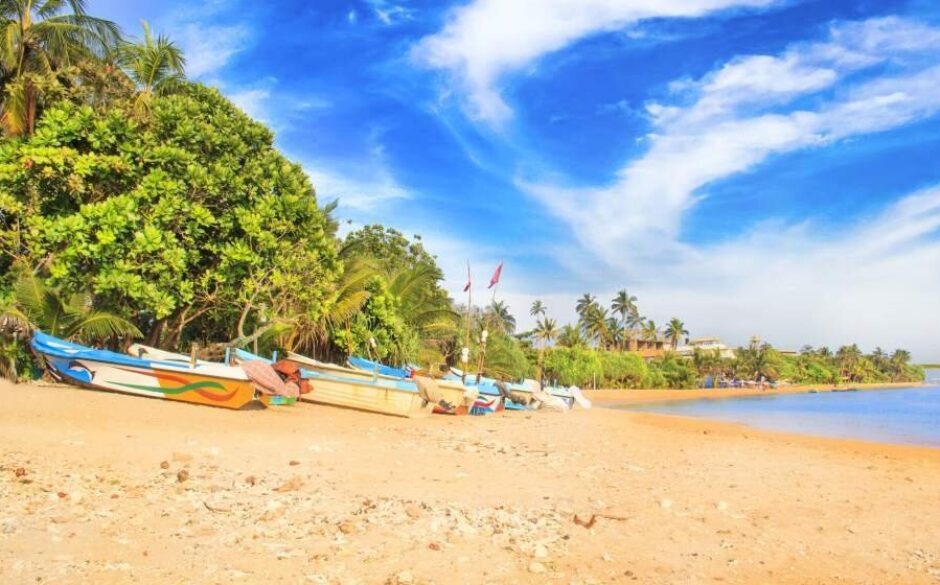
Sri Lanka travel guide
We hope this Sri Lanka travel guide has been useful! If there’s a question we’ve missed, please let us know.
Ready to explore?Your tailor-made Sri Lanka travel guide starts here
Your tailor-made Sri Lanka travel guide starts here! At Authentic India Tours, we are Sri Lanka tour specialists. Our handcrafted journeys are tailored to your interests, budget, and travel style — whether it’s luxury wildlife lodges, family beach escapes, or foodie adventures.
Browse our suggested Sri Lanka tours for inspiration or get in touch to design your perfect getaway.


